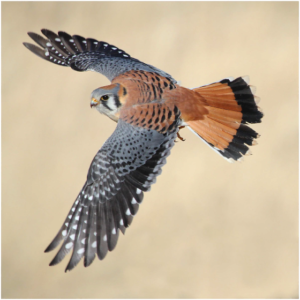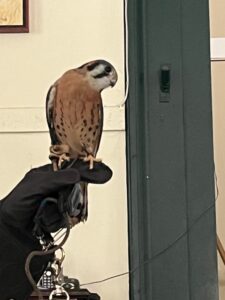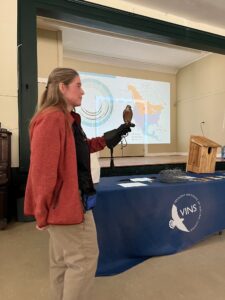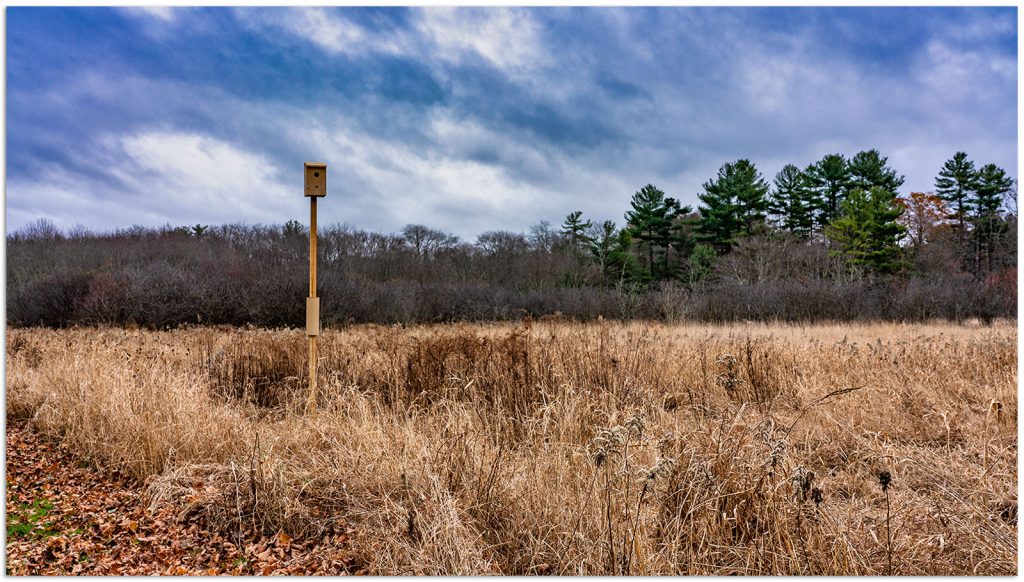Conservation Commission Events
The Cornish Recreation and Education Area (CREA)
A heartfelt thank you to Monica Mathews for inviting CCC members Jody Schubert and Rickey Poor to talk with the Upper Wing students about the history of CREA—a special treat for all of us on Valentine’s Day, 2025! Monica, a former Conservation Commission member, is now coordinating the Life Enrichment Program for CES, inviting guest speakers from around Cornish to encourage student connections to the Cornish community and the Upper Valley.

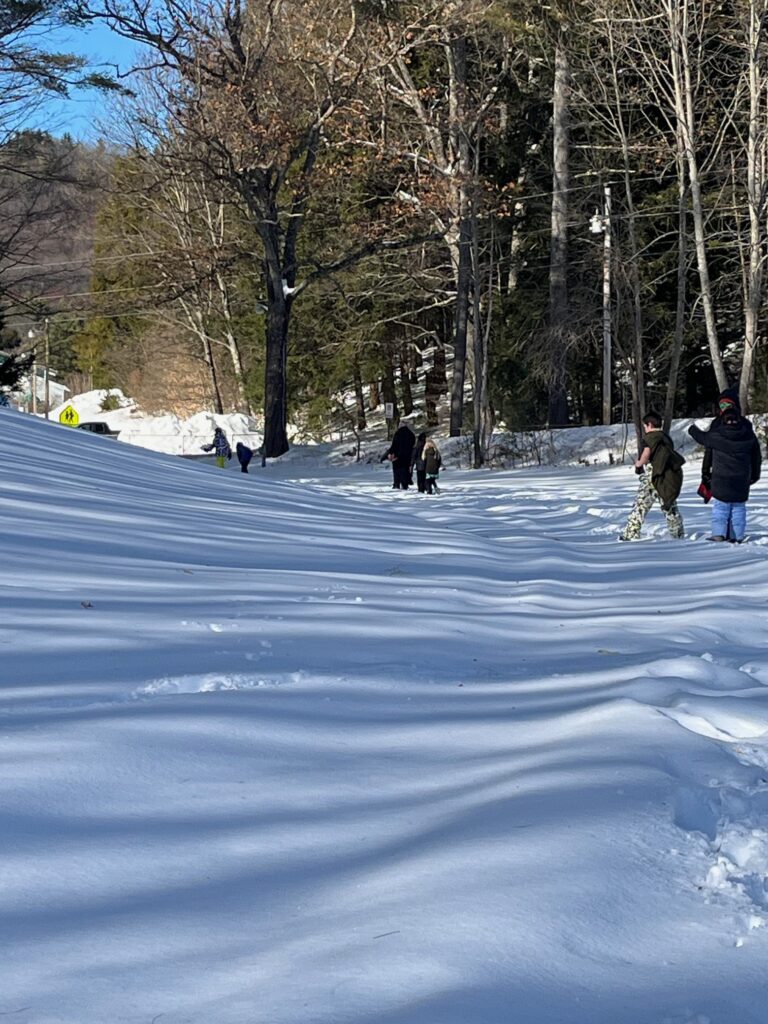
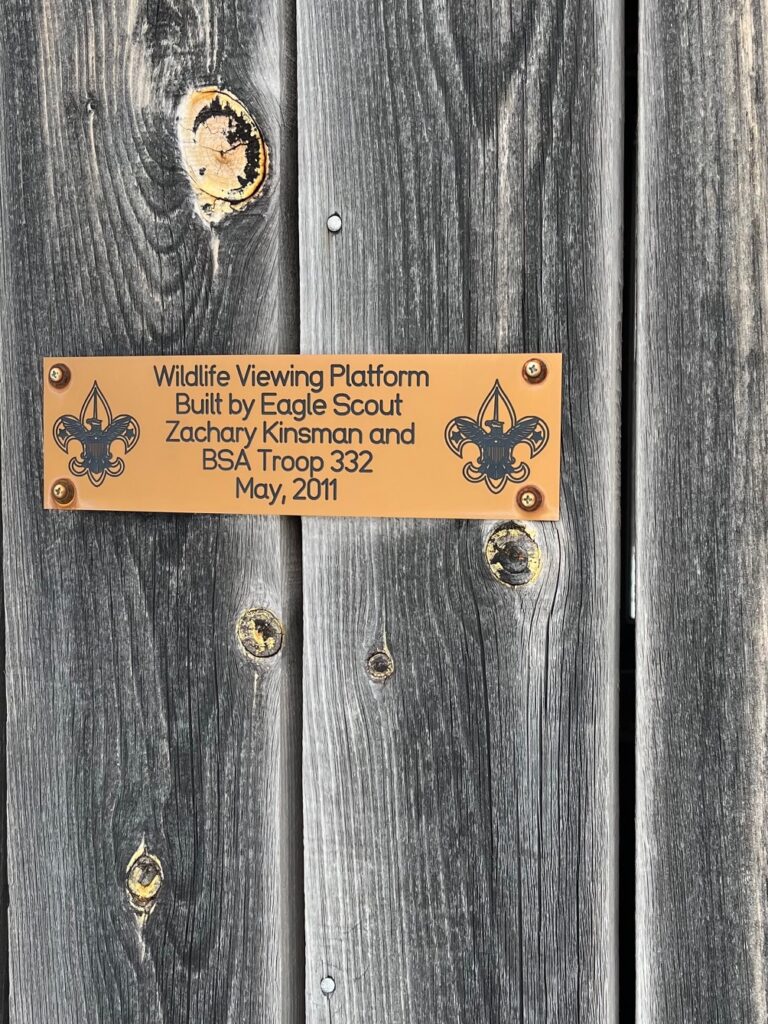
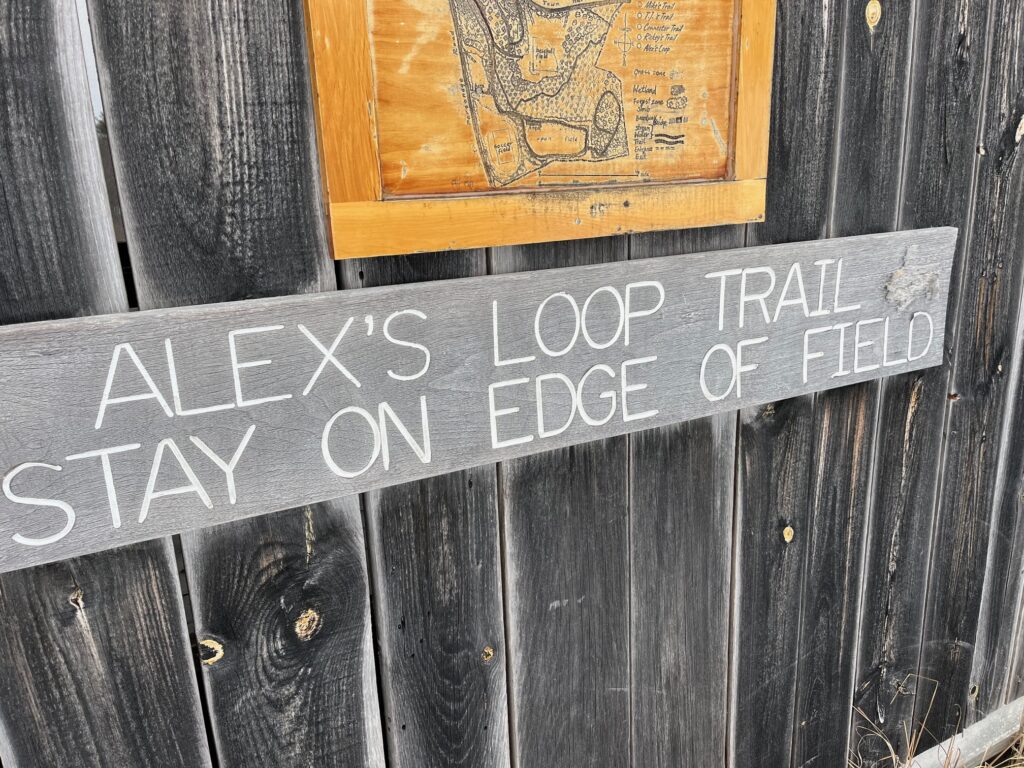
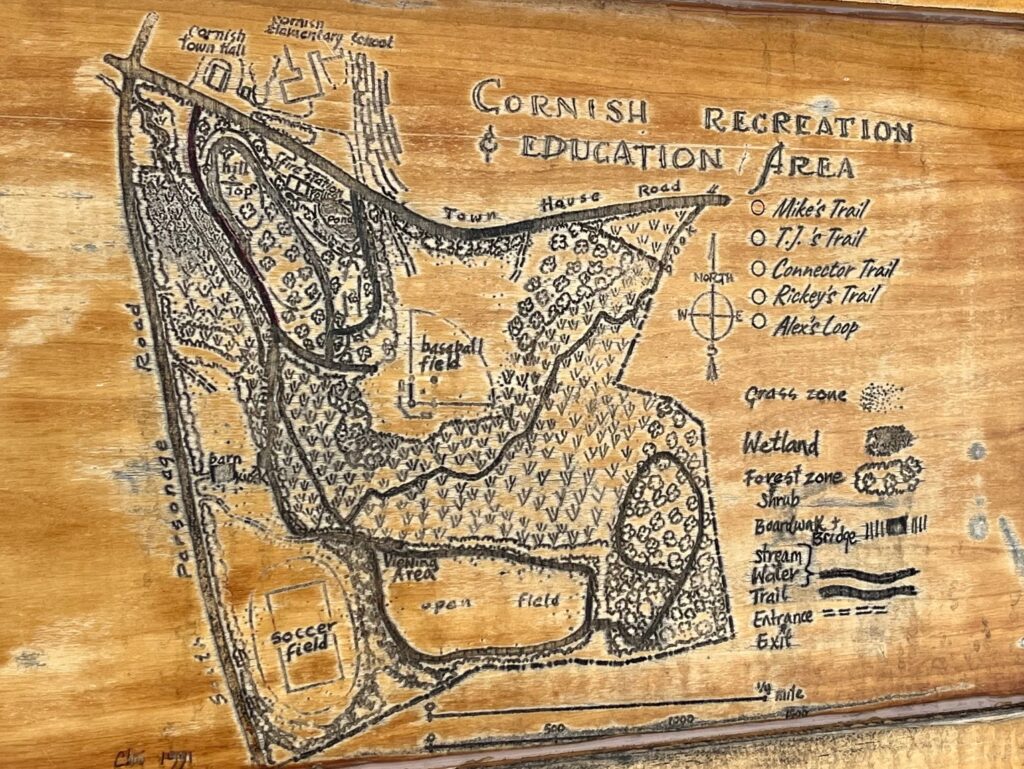
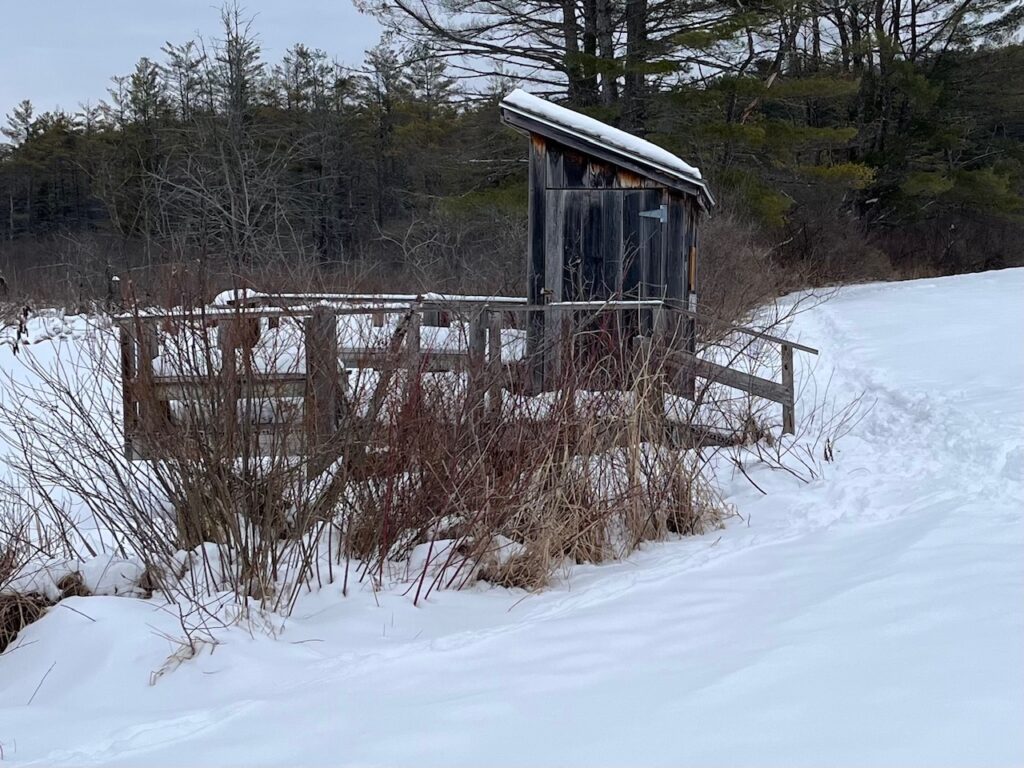
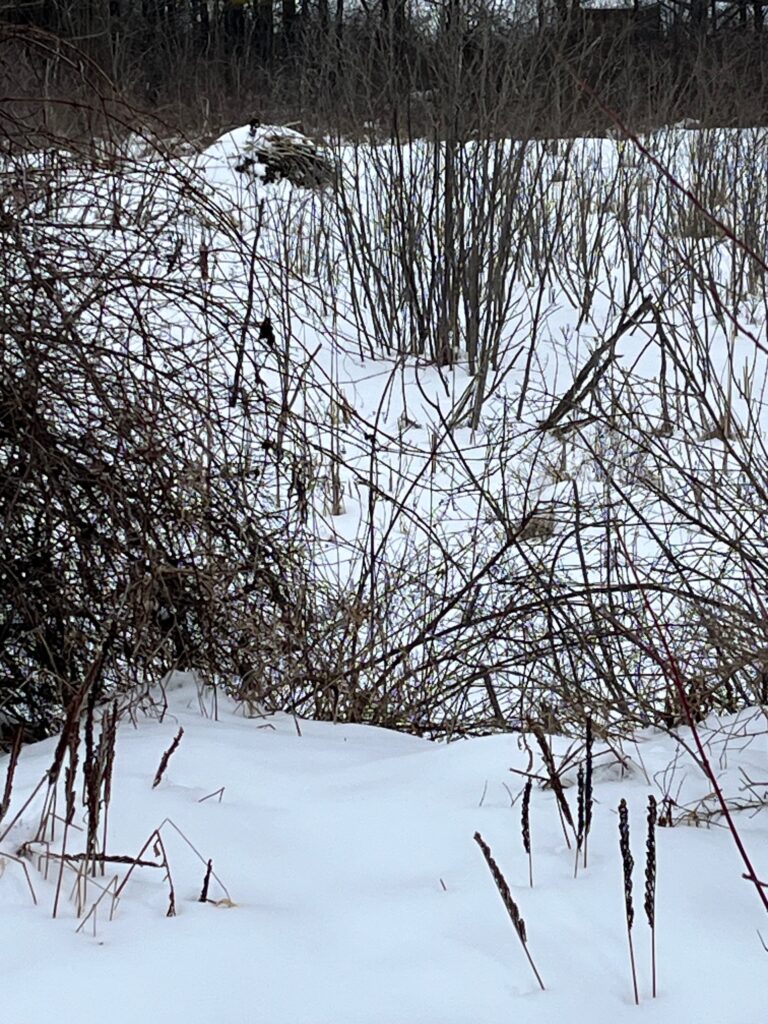
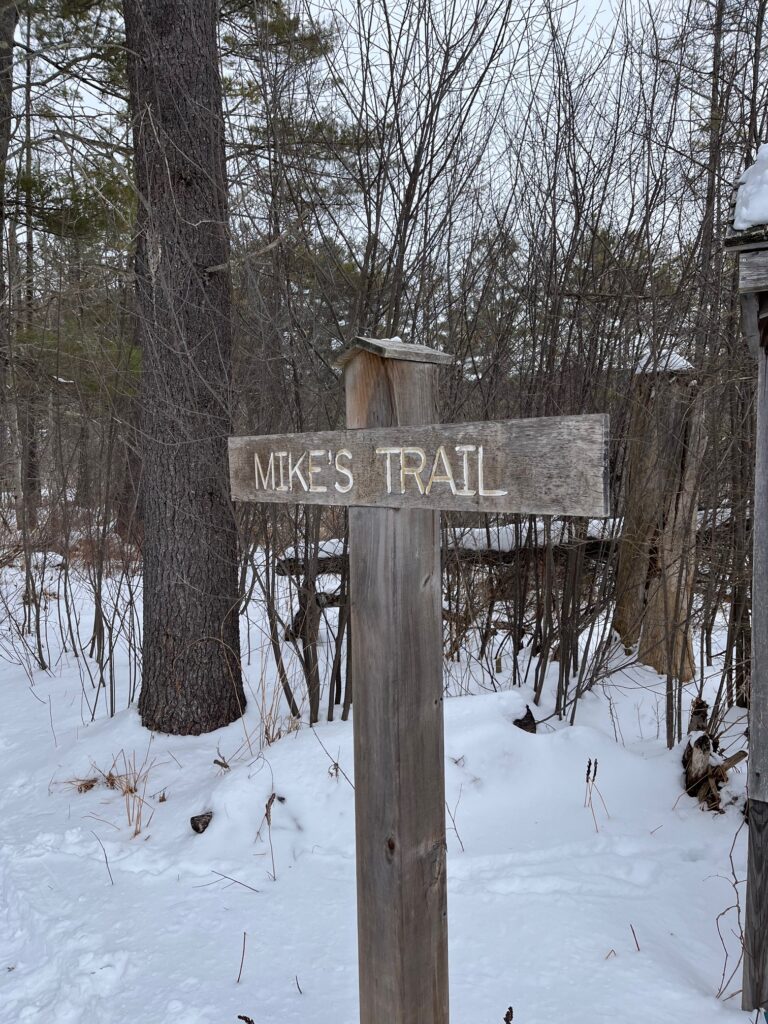
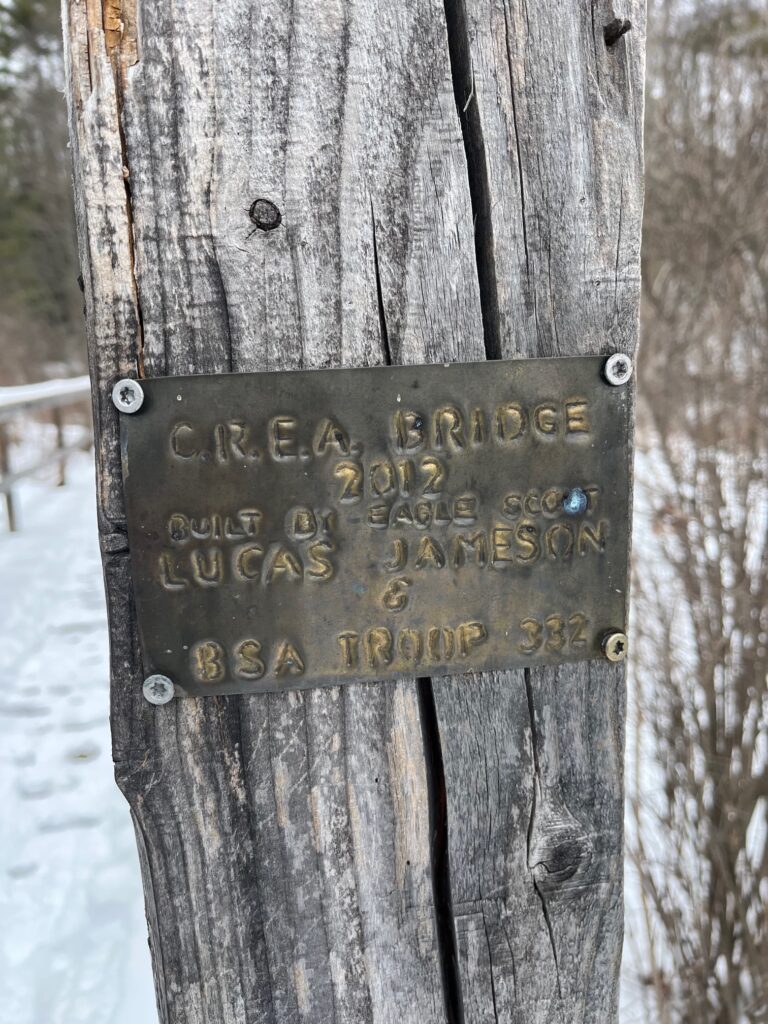
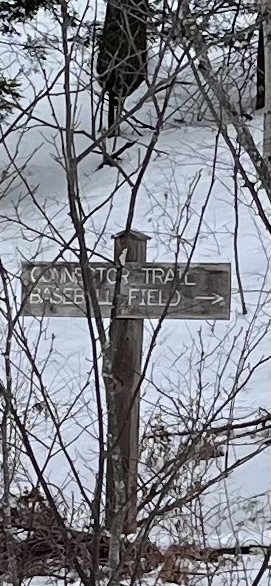
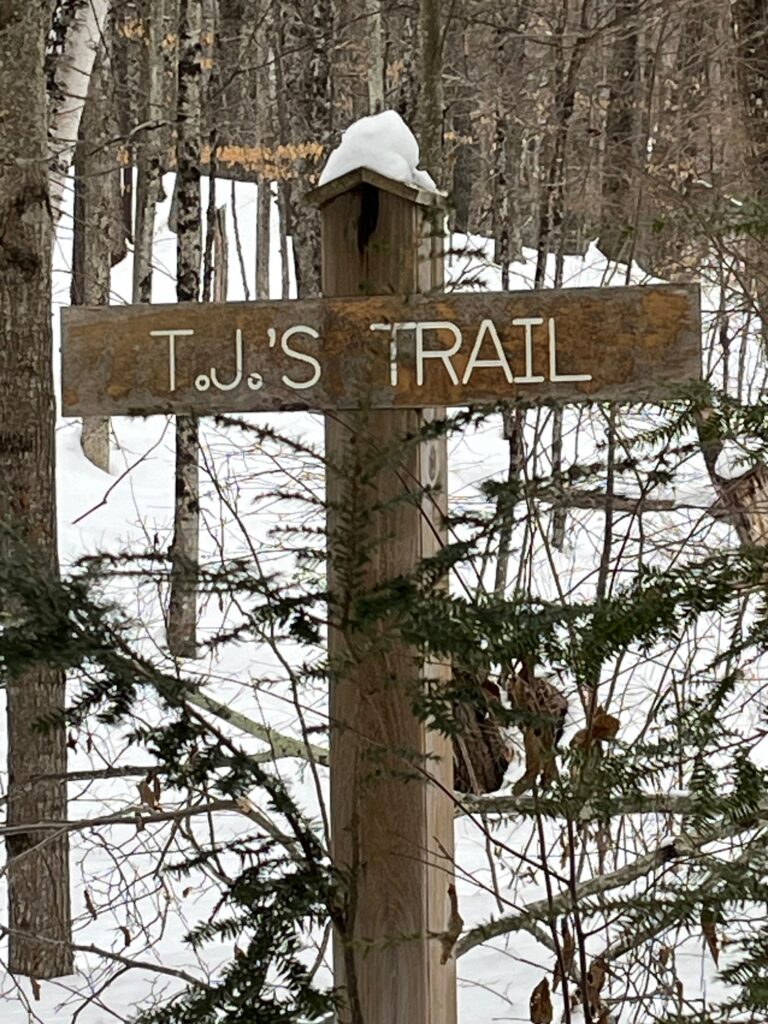
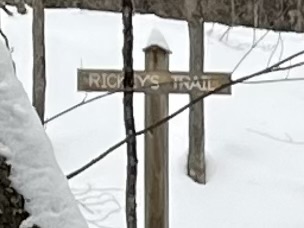
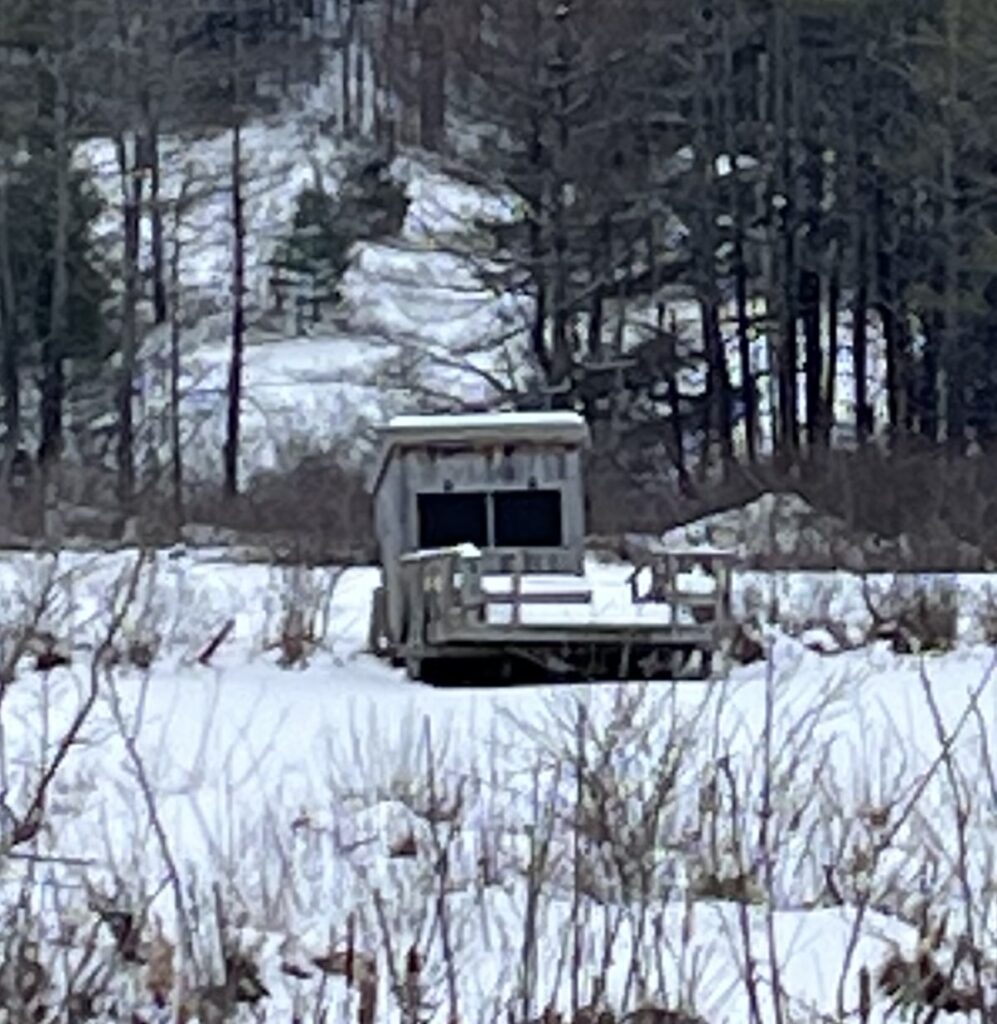
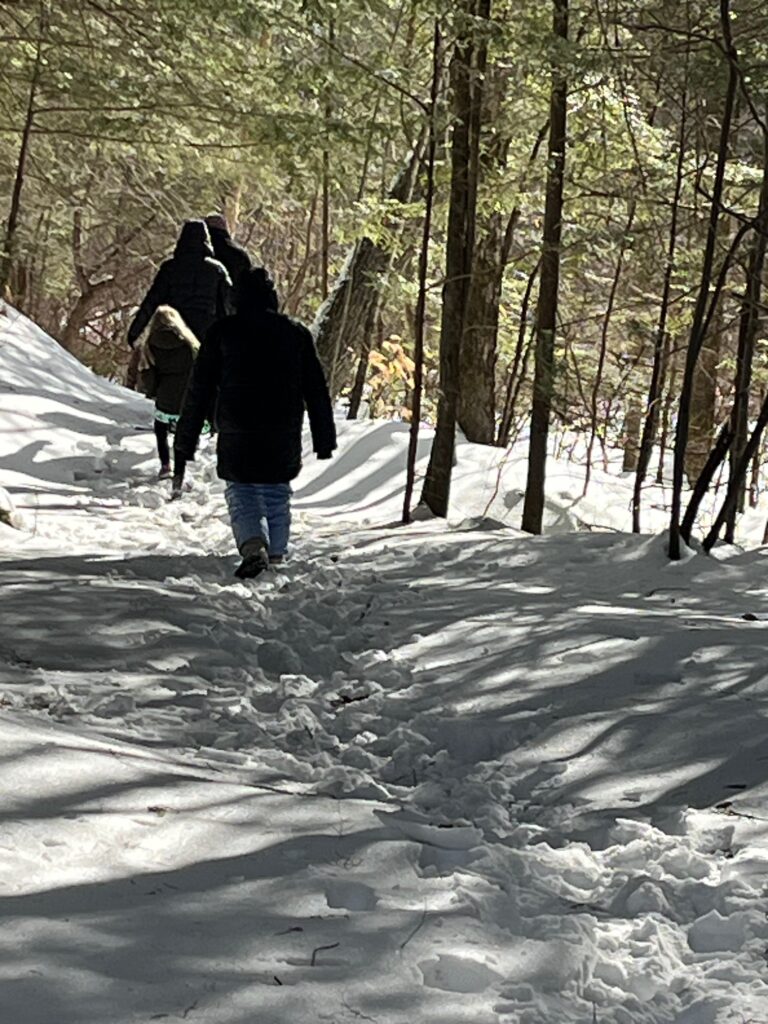
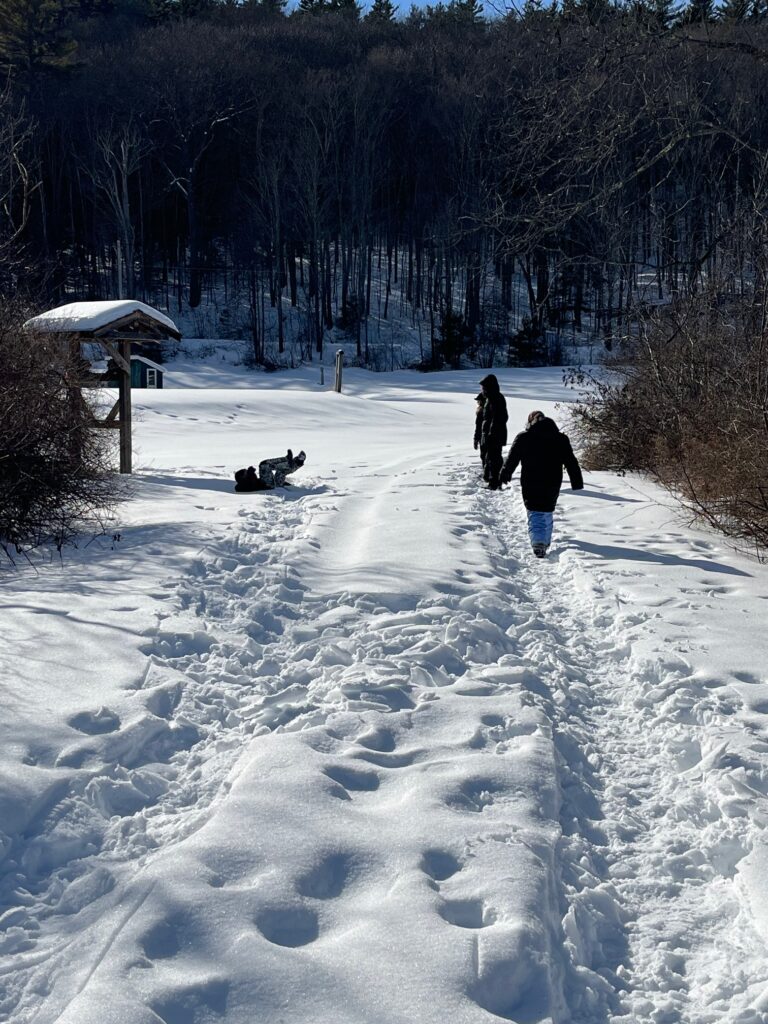
Jody and Rickey shared an overview of CREA’s history, first asking the students what they already knew:
- How long has it been a resource? (since 1983, and dedicated in 1991, 34 years ago)
- How many acres is CREA? (77 acres)
- What kind of habitats does it include? (wetlands, shrub areas, flowing streams, open fields, pine and hardwood forest)
- Who in their community made this special educational and recreational resource dream a reality? (just read the signs throughout CREA: the (Bunny) Barker Soccer Field, the (Paul and Joan) Queneau Ball Field, Mike’s (Yatsevitch) Trail, Rickey’s (Poor) Trail, T.J.’s Trail (John Therriault’s Eagle Scout project), Alex’s Trail (Alex Jameson’s Eagle Scout project), and the Wildlife Viewing Platform (Zachary Kinsman’s Eagle Scout project), and, of course, the entrance sign (Rodney Palmer Environmental Studies Area).
There were so many community members who made CREA a reality for all of Cornish: financial contributors (including Anne Davidson, the generous landowner); adult and student volunteers who built bridges and playing fields and maintained them over the years; scouts and scout leaders; Town staff; and Rickey Poor and Michael Yatsevitch and all the others who shared the vision for CREA and worked for nearly 10 years to bring it to fruition.
Rickey entertained the students with memories (and pictures) of the CREA Dedication Ceremony, a blustery day on October 12, 1991, during which the hot air balloon nearly blew away, as she and Mike read from the balloon basket the Proclamation for the day. (Visit Cornish Annual Report pp. 86–7 for details.) View the original invitation to the October 12, 1991, ceremony.
The students enjoyed an introduction to the town webpage, using the library smartboard, and a chance to compare the CREA maps drawn by Charlie Shurcliff in 1991 with the aerial views featured on the CCC webpage in the Events section.
After the discussion, the students and staff took a vigorous walk on the CREA trails, acknowledging the trail signs and now better able to appreciate all the people and contributions that have made CREA the incredible resource it is today!
Volunteers and new ideas are always welcome, please call Dale Lawrence, the current Chair of the CREA Committee, if you would like to help with projects or serve on the CREA Committee. The next meeting will be in April. Look for the announcement on this site and in Connect Cornish.

